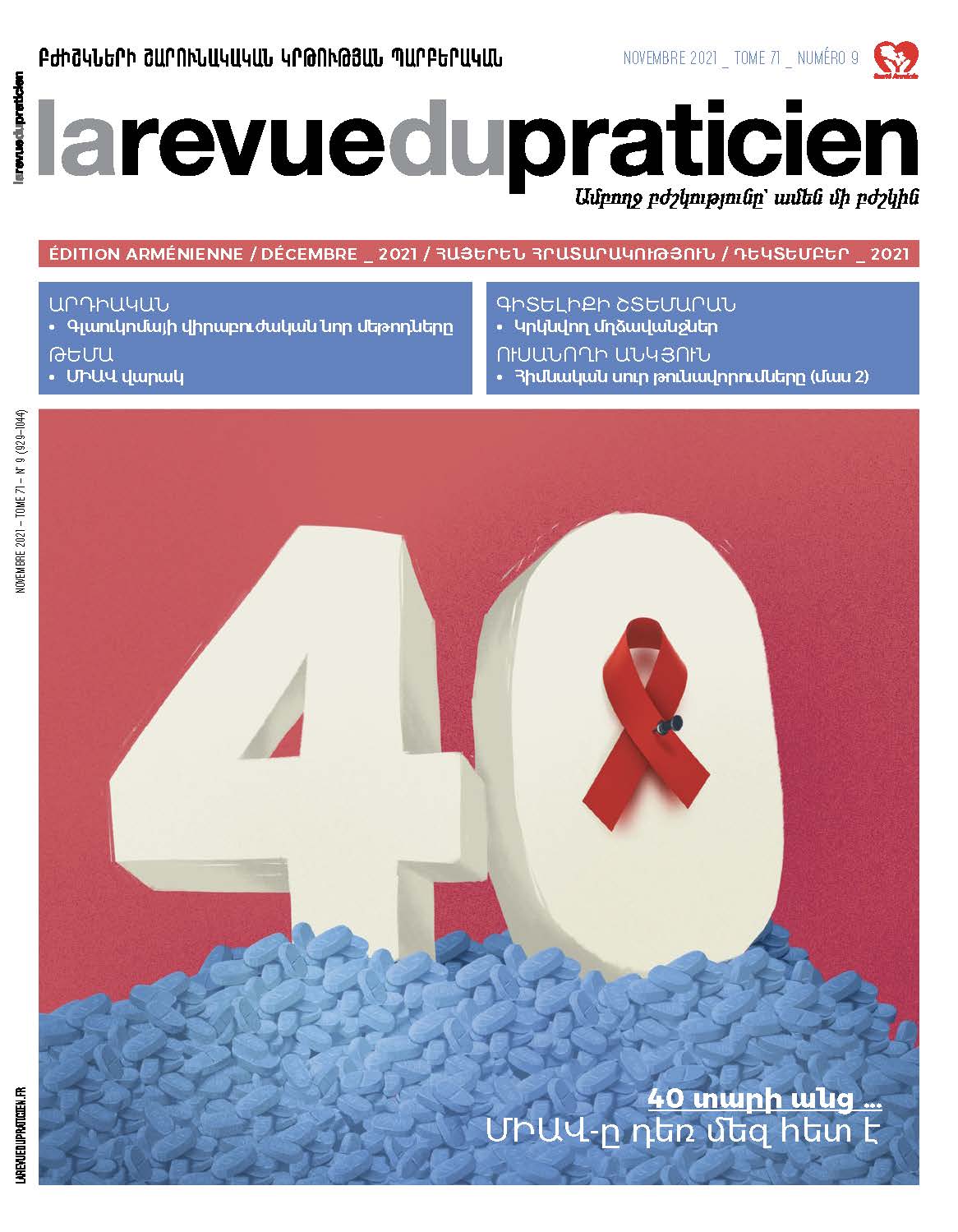Current treatment of HIV infection 36
Romain Palich.Abstract
Thirty-five years have passed since the first cases of human immunodeficiency virus (HIV)/acquired immunodeficiency syndrome (AIDS). The HIV infection has become a chronic viral infection, with the sustained control of the viral replication under antiretroviral therapy. The major individual benefit of antiretrovirals is to stop the progression of the disease, reducing the morbi-mortality, and the major collective benefit is to stop the transmission of the virus from one individual to another. Despite their effectiveness on viral replication, antiretrovirals fail to eradicate the virus due to its integration into cellular reservoirs, reason why the antiretroviral treatment must be continued for life: it requires rigorous and prolonged compliance. Many therapeutic possibilities are now available, based on simple and well-tolerated drugs. The aging of the population of patients living with HIV and the long-term exposure to antiretrovirals are new challenges for clinicians: the management of drug-drug interactions and the prescription of drug-reduced regimens, including dual therapies and intermittent treatments. In the near future, new long-acting drugs, with various modes of administration, are expected to further revolutionize the management of HIV infection.
